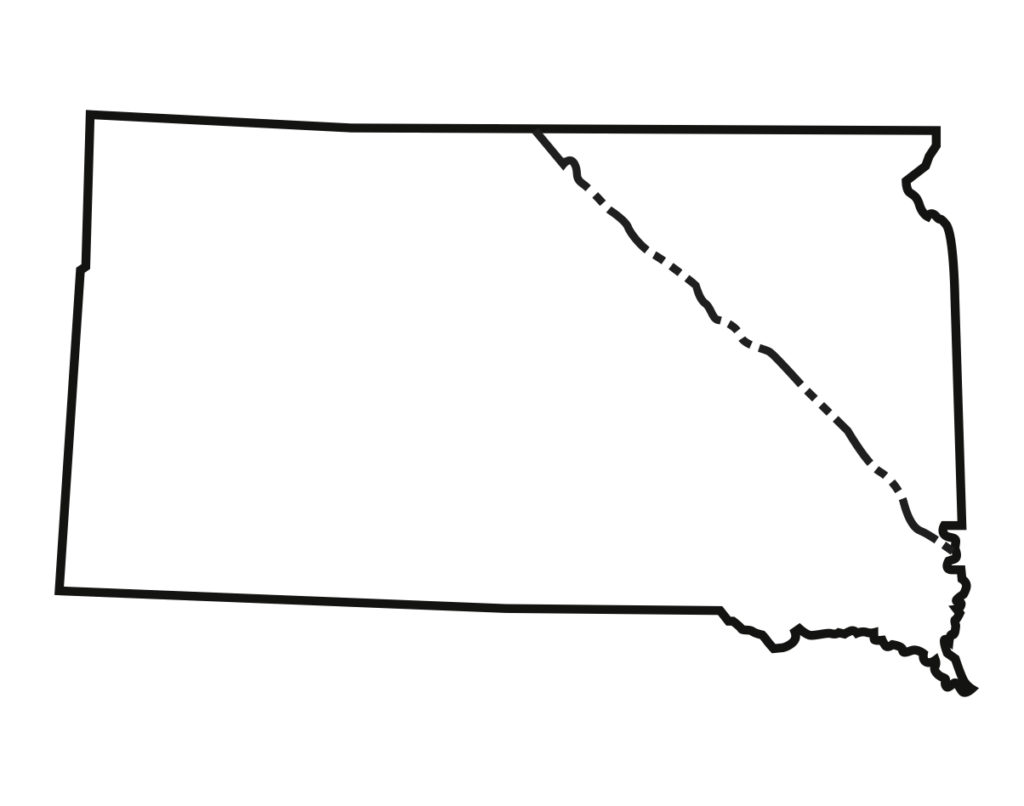As we work our way through fall and the presidential election has finally come to an end, it seems one issue is far from resolved. Controversy over the Dakota Access Pipeline continues full steam after a federal judge denied the Standing Rock Sioux Tribe’s request for a temporary injunction on Sept. 9.
The Dakota Access Pipeline stretches 1,172 miles, and would carry 470,000 barrels of crude oil per day from North Dakota to Southern Illinois. It crosses the Missouri River twice and the Little Missouri once while also going beneath Lake Oahe. It skirts over the Missouri River only half a mile upstream from the Standing Rock Sioux reservation. The tribe argues that the pipeline will threaten water sources, traverse sacred land, and infringe on the tribe’s right to their territory.
“Archaeologists come in who are taught from a colonial structure, and they have the audacity to interpret how our people were buried,” Said 68-year-old Faith Spotted Eagle in an interview with CNN. Spotted Eagle is an elder or ‘grandmother’ who is a part of the Yankton Sioux Reservation in South Dakota. “How would they even know?”
Since the tribe’s request for temporary injunction, we have seen a slew of arrests, from actress Shailene Woodley to an astonishing 141 protesters on Oct. 27, bringing the total number of arrests up to 400. However, the efforts toward the Standing Rock Sioux tribe stretch further than the frontlines. The tribe has been flooded with support from around the U.S. through media coverage and donations. Seattle and the surrounding local community have stepped forward in big strides to show solidarity, especially with the help of many of the local native tribes residing in the area.
“This is a perfect time for our communities to come together; educating, doing research, and also doing a lot of solidarity work,” said Patricia Allen, a member of the Tlingit tribe from Southeast Alaska. “That really takes a lot of really good intention behind it. The people who understand [the problem with] the Dakota access pipeline have better access to understand the indigenous perspective to things, because it’s not just people who are ignorant—it’s people who don’t have access to that education.”
Allen’s tribal community made their way down to Standing Rock in Sept. after being asked to assist in a canoe protest, in which they protested down the Missouri River near Standing Rock.
Allen is also an organizer for Indians for Justice, an organization helping urban, native communities. As of late, they have helped organize Seattle rallies and fundraisers for Standing Rock. The latest fundraiser Allen helped coordinate was the Standing Rock Frontline Fundraiser and Reportback held on Nov. 6 at Washington Hall. It helped raise funds to send to those still protesting, collect donated winter gear and create a space for conversation though music, guest speakers and community.
“I hope that people who can’t physically go to Standing Rock support and create consciousness of the struggles around indigenous sovereignty,” said Poesia Mariarte, a local activist with Afro-Purepecha origins.
Mariarte made her way down to Standing Rock in Sept. with a group of women from the Pacific Northwest to open up a woman’s camp on the protest site. After she came back she began to help organize the Standing Rock Frontline Fundraiser as well.
Being a Native American activist before her trip to Standing Rock, she explained how her experience only further encouraged her support for the Sioux Tribe.
“There is a strong resurgence of cultural and spiritual practices of native people that I witnessed, and I was able to participate in. Native folk would do ceremony, and then they would go and protest and engage in direct struggle,” Mariarte said. “I was there when the dogs were sicked on people and we spoke on how that brought ancestral memories. That feeling that many of us, our ancestors were brutalized and beaten through colonialism.”
The fierce opposition within North Dakota and solidarity around the U.S. has made this one of the biggest Native American demonstrations in decades. Within Seattle, Mariarte, Allen, local tribes and social justice organizations work to support the cause.
The fundraiser was just one extension of the work being done in Seattle towards raising awareness and education toward the Native American situation.
Both Allen and Mariarte stress how the issues within Standing Rock mirror the issues Native American groups around the U.S. face.
“All communities need to understand what’s going on with the indigenous communities that are fighting against the Dakota access pipeline,” Allen said. “There has been a lot of fossil fuels being transported, coal being transported and protests over train tracks in the Pacific Northwest involving native groups. Mining between Alaska and Canada is cutting through a lot of our old growth forest.”
Many fighting for Standing Rock await a possible reroute for the pipeline or a complete halt to the project as a whole. In the meantime, social media, fundraisers and unrest keep the spark of controversy going.
“They are still forcing us out of our ancestral land and destroying our environment and destroying the ecosystem,” Mariarte said.
Erika may be reached at
esilva@su-spectator.com






